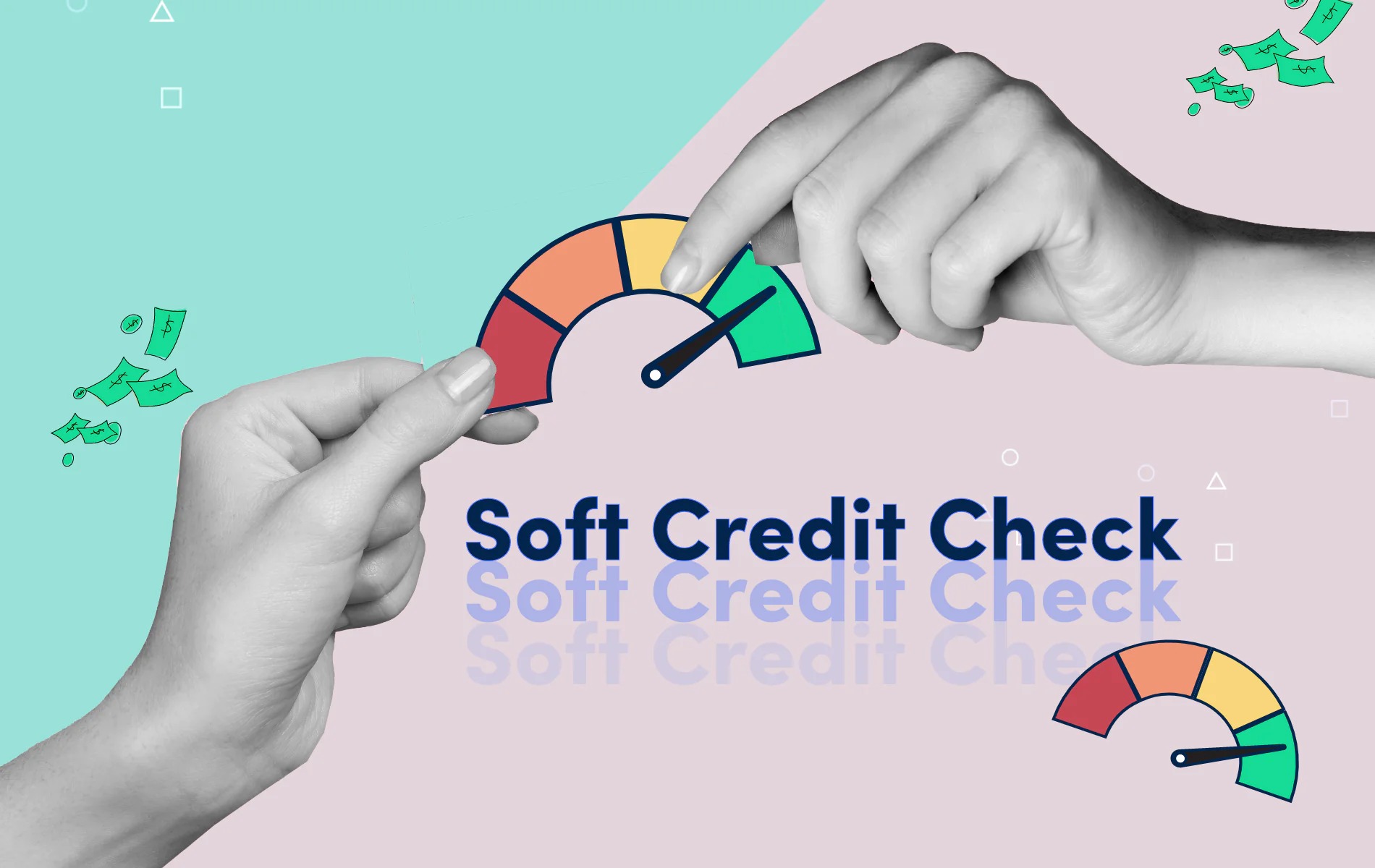Home>Finance>How Long After Getting A Secured Credit Card Can You Get Unsecured Card


Finance
How Long After Getting A Secured Credit Card Can You Get Unsecured Card
Published: March 2, 2024
Learn how to build credit with a secured credit card and when you can transition to an unsecured card. Get expert advice on improving your finances.
(Many of the links in this article redirect to a specific reviewed product. Your purchase of these products through affiliate links helps to generate commission for LiveWell, at no extra cost. Learn more)
Table of Contents
Introduction
Secured credit cards are valuable financial tools for individuals looking to build or rebuild their credit. These cards require a cash deposit as collateral, making them accessible to individuals with limited or damaged credit histories. By responsibly using a secured credit card, individuals can establish or improve their credit scores, paving the way for financial opportunities such as loans, mortgages, and unsecured credit cards.
Understanding the nuances of secured credit cards, including their role in building credit and the factors influencing the transition to unsecured cards, is crucial for individuals seeking to strengthen their financial standing. In this article, we will delve into the intricacies of secured credit cards, explore the process of building credit with these cards, examine the factors that influence the transition to unsecured cards, and answer the pertinent question: How long after getting a secured credit card can you get an unsecured card?
By gaining insights into these aspects, readers will be equipped with the knowledge needed to navigate the transition from secured to unsecured credit cards effectively. Furthermore, we will provide actionable tips to facilitate a smooth and timely progression to an unsecured card, empowering individuals to make informed financial decisions and achieve their credit-related goals.
Understanding Secured Credit Cards
Secured credit cards function as a bridge to traditional unsecured credit cards, especially for individuals with limited or damaged credit histories. Unlike unsecured cards that are issued based on the cardholder’s creditworthiness, secured cards require a cash deposit, which serves as collateral and determines the card’s credit limit. This deposit mitigates the risk for the card issuer, making secured cards more accessible to individuals with low credit scores or limited credit history.
When a consumer applies for a secured credit card, they are typically required to make a deposit, which often becomes their credit limit. For example, a $500 deposit would result in a $500 credit limit. This deposit is held in a separate account and is used as security in the event that the cardholder defaults on their payments. It’s important to note that the deposit is not used to pay off the card balance unless the cardholder defaults.
While secured credit cards function similarly to traditional credit cards and can be used for purchases, they are designed to help individuals build or rebuild their credit. Cardholders are required to make regular payments, and their payment history is reported to the major credit bureaus. By using a secured credit card responsibly, individuals can demonstrate their creditworthiness and improve their credit scores over time.
Moreover, secured credit cards often come with fees and higher interest rates compared to unsecured cards, reflecting the higher risk associated with the cardholders. However, these costs are a worthwhile investment for individuals aiming to improve their credit standing and eventually transition to unsecured credit cards with more favorable terms.
Understanding the unique features and purposes of secured credit cards is essential for individuals looking to embark on their credit-building journey. By leveraging the benefits of secured cards and practicing responsible credit management, individuals can lay a solid foundation for a healthier financial future.
Building Credit with a Secured Credit Card
Secured credit cards offer a practical means for individuals to establish or improve their credit profiles. By using a secured card responsibly, cardholders can effectively demonstrate their creditworthiness and bolster their credit scores over time. This process involves strategic and disciplined credit management, which can yield significant long-term benefits.
One of the fundamental ways to build credit with a secured credit card is to make timely payments. Payment history holds substantial weight in credit scoring models, and consistently paying at least the minimum amount due on time can have a positive impact on one’s credit score. By ensuring that payments are made by the due date each month, cardholders can exhibit responsible financial behavior, which is crucial for credit building.
Another key aspect of building credit with a secured credit card is maintaining a low credit utilization ratio. This ratio reflects the amount of credit being used in relation to the total available credit. Keeping credit utilization low, ideally below 30%, demonstrates prudent financial management and can contribute to a positive credit score. For example, if a cardholder has a $500 credit limit, it’s advisable to keep the balance below $150 to maintain a favorable credit utilization ratio.
Furthermore, responsible spending habits play a pivotal role in credit building. By using the secured credit card for essential purchases and managing expenses within their means, cardholders can showcase their ability to handle credit responsibly. Avoiding excessive or impulsive spending and regularly monitoring the card’s activity can contribute to a positive credit-building journey.
It’s important to note that the impact of using a secured credit card responsibly may not yield immediate results, but over time, consistent and prudent credit management can lead to noticeable improvements in credit scores. As the credit bureaus receive and analyze the cardholder’s payment history and credit utilization, positive behaviors are likely to be rewarded with enhanced creditworthiness.
By leveraging the opportunities presented by a secured credit card and adhering to sound credit management practices, individuals can lay a solid groundwork for a stronger credit profile, setting the stage for future financial milestones and opportunities.
Factors Affecting the Transition to an Unsecured Card
The transition from a secured credit card to an unsecured card is influenced by various factors that collectively determine an individual’s creditworthiness and financial stability. Understanding these factors is essential for individuals seeking to progress to an unsecured card and access the benefits associated with traditional credit products.
One of the primary factors affecting the transition to an unsecured card is the individual’s credit history and payment behavior while using the secured credit card. Creditors and card issuers assess the cardholder’s payment history, credit utilization, and overall credit management to gauge their reliability and financial responsibility. Consistently making on-time payments and maintaining a low credit utilization ratio demonstrate prudent financial habits, which are favorable indicators for transitioning to an unsecured card.
Additionally, the length of time the individual has held the secured credit card plays a significant role in the transition process. A longer credit history with responsible credit management can enhance the individual’s creditworthiness and signal their ability to handle credit responsibly. As the duration of positive credit activity increases, the likelihood of qualifying for an unsecured card improves.
Income stability and employment status also impact the transition to an unsecured card. Card issuers may consider the individual’s income and employment history to assess their capacity to manage unsecured credit responsibly. A steady income and employment record can instill confidence in creditors regarding the individual’s ability to meet financial obligations, potentially facilitating the transition to an unsecured card.
Furthermore, the individual’s overall financial situation, including their debt-to-income ratio and other outstanding financial obligations, can influence the transition to an unsecured card. Demonstrating responsible debt management and maintaining a healthy balance between income and debt can strengthen the individual’s creditworthiness, making them more appealing to issuers offering unsecured credit products.
Lastly, the individual’s proactive efforts to monitor and manage their credit profile can positively impact the transition to an unsecured card. Regularly reviewing credit reports, addressing any discrepancies, and actively working to improve their credit score can demonstrate a commitment to financial health and responsible credit management, potentially positioning them for a successful transition to an unsecured card.
By considering these factors and actively addressing areas that contribute to creditworthiness, individuals can navigate the transition from a secured credit card to an unsecured card more effectively, opening doors to broader financial opportunities and enhanced credit privileges.
How Long After Getting a Secured Credit Card Can You Get an Unsecured Card
The timeline for transitioning from a secured credit card to an unsecured card varies depending on individual circumstances, credit management, and the specific requirements of card issuers. While there is no definitive timeframe that universally applies to all individuals, several key factors influence the duration before qualifying for an unsecured card.
One of the primary considerations is the individual’s credit history and the length of time it takes to establish a positive credit record. Building a robust credit history with a secured credit card involves consistent and responsible credit management, including making on-time payments, maintaining a low credit utilization ratio, and demonstrating prudent financial behavior. As these positive credit activities accumulate over time, the individual’s creditworthiness improves, increasing the likelihood of qualifying for an unsecured card.
Typically, individuals may need to use a secured credit card for a minimum of six months to a year before becoming eligible for an unsecured card. During this period, they should focus on cultivating a positive credit history and maintaining financial stability to enhance their prospects of transitioning to an unsecured card. However, it’s important to note that some individuals may require a longer duration, especially if they are starting with limited or damaged credit.
Another pivotal factor affecting the transition timeline is the cardholder’s payment behavior and credit utilization. Consistently making on-time payments and keeping credit utilization low can expedite the journey toward qualifying for an unsecured card. Conversely, missed payments or high credit utilization may prolong the transition period, as these factors can have adverse effects on the individual’s creditworthiness.
Furthermore, the specific terms and conditions set by the secured card issuer and other potential unsecured card issuers play a crucial role in determining the transition timeline. Some card issuers may have internal policies that outline the criteria for transitioning to an unsecured card, such as a minimum duration of responsible card usage and a clean payment history. Conversely, other issuers may offer opportunities for expedited transitions based on the individual’s credit performance.
Ultimately, the timeline for transitioning from a secured credit card to an unsecured card is contingent on the individual’s proactive efforts to build credit, their financial stability, and the specific requirements of card issuers. By consistently practicing responsible credit management and monitoring their credit progress, individuals can position themselves for a successful transition to an unsecured card, unlocking broader financial opportunities and enjoying the benefits of traditional credit products.
Tips for Transitioning to an Unsecured Card
Transitioning from a secured credit card to an unsecured card is a significant milestone in one’s credit-building journey. To facilitate a smooth and timely transition, individuals can adopt several proactive strategies and best practices that can enhance their creditworthiness and strengthen their eligibility for an unsecured card.
- Practice Responsible Credit Management: Consistently making on-time payments and maintaining a low credit utilization ratio are fundamental aspects of responsible credit management. By adhering to these practices, individuals can demonstrate their financial reliability and enhance their creditworthiness, paving the way for a successful transition to an unsecured card.
- Monitor Credit Reports: Regularly monitoring credit reports allows individuals to stay informed about their credit standing and address any inaccuracies or discrepancies promptly. This proactive approach can help maintain a clean credit history and ensure that the transition to an unsecured card is not hindered by erroneous information.
- Consider Graduation Programs: Some secured credit card issuers offer graduation programs that automatically review the cardholder’s account for potential transition to an unsecured card after a specified period of responsible card usage. Exploring these programs can provide a structured pathway to an unsecured card.
- Build a Strong Credit History: Beyond meeting the minimum timeline requirements, individuals can focus on building a robust credit history by diversifying their credit mix, if feasible, and showcasing their ability to manage various types of credit responsibly. This can bolster their creditworthiness and expedite the transition process.
- Explore Prequalification Options: Researching and identifying unsecured card options that offer prequalification can provide insights into the likelihood of approval based on the individual’s current credit standing. This proactive step can help individuals target unsecured cards aligned with their credit profile.
- Request a Credit Limit Increase: As the individual’s creditworthiness improves, they can consider requesting a credit limit increase on their secured card. A higher credit limit, coupled with responsible credit usage, can further bolster their credit profile and readiness for an unsecured card.
By implementing these tips and maintaining a proactive approach to credit management, individuals can position themselves for a successful transition from a secured credit card to an unsecured card. This progression signifies a significant achievement in their credit journey, unlocking access to a wider range of financial products and opportunities.
Conclusion
Secured credit cards serve as invaluable tools for individuals seeking to establish or rebuild their credit. By providing a pathway to demonstrate creditworthiness and responsible financial management, secured cards empower individuals to embark on a journey toward improved credit scores and expanded financial opportunities. Understanding the nuances of secured credit cards, the process of building credit with these cards, and the factors influencing the transition to unsecured cards is essential for individuals navigating their credit-building endeavors.
Building credit with a secured credit card involves strategic credit management, including making timely payments, maintaining a low credit utilization ratio, and cultivating responsible spending habits. These efforts, when consistently practiced, can lay a solid foundation for a stronger credit profile and set the stage for transitioning to unsecured credit cards.
The transition from a secured credit card to an unsecured card is influenced by various factors, including credit history, payment behavior, income stability, and overall financial standing. While the specific timeline for this transition varies, individuals can expedite the process by practicing responsible credit management, monitoring their credit progress, and exploring options offered by card issuers.
By adopting proactive strategies such as participating in graduation programs, diversifying credit usage, and exploring prequalification options, individuals can enhance their creditworthiness and readiness for an unsecured card. Additionally, maintaining a vigilant approach to credit management and leveraging opportunities for credit limit increases can further strengthen their eligibility for an unsecured card.
Ultimately, the journey from a secured credit card to an unsecured card represents a significant achievement, signifying the individual’s progress in their credit-building efforts. By embracing responsible credit practices, staying informed about their credit standing, and actively working toward a strong credit profile, individuals can position themselves for a successful transition to unsecured credit cards, unlocking access to a broader spectrum of financial products and opportunities.
Through dedication, perseverance, and a commitment to financial health, individuals can leverage the benefits of secured credit cards as stepping stones toward a brighter financial future, marked by enhanced creditworthiness and the attainment of their long-term financial goals.














